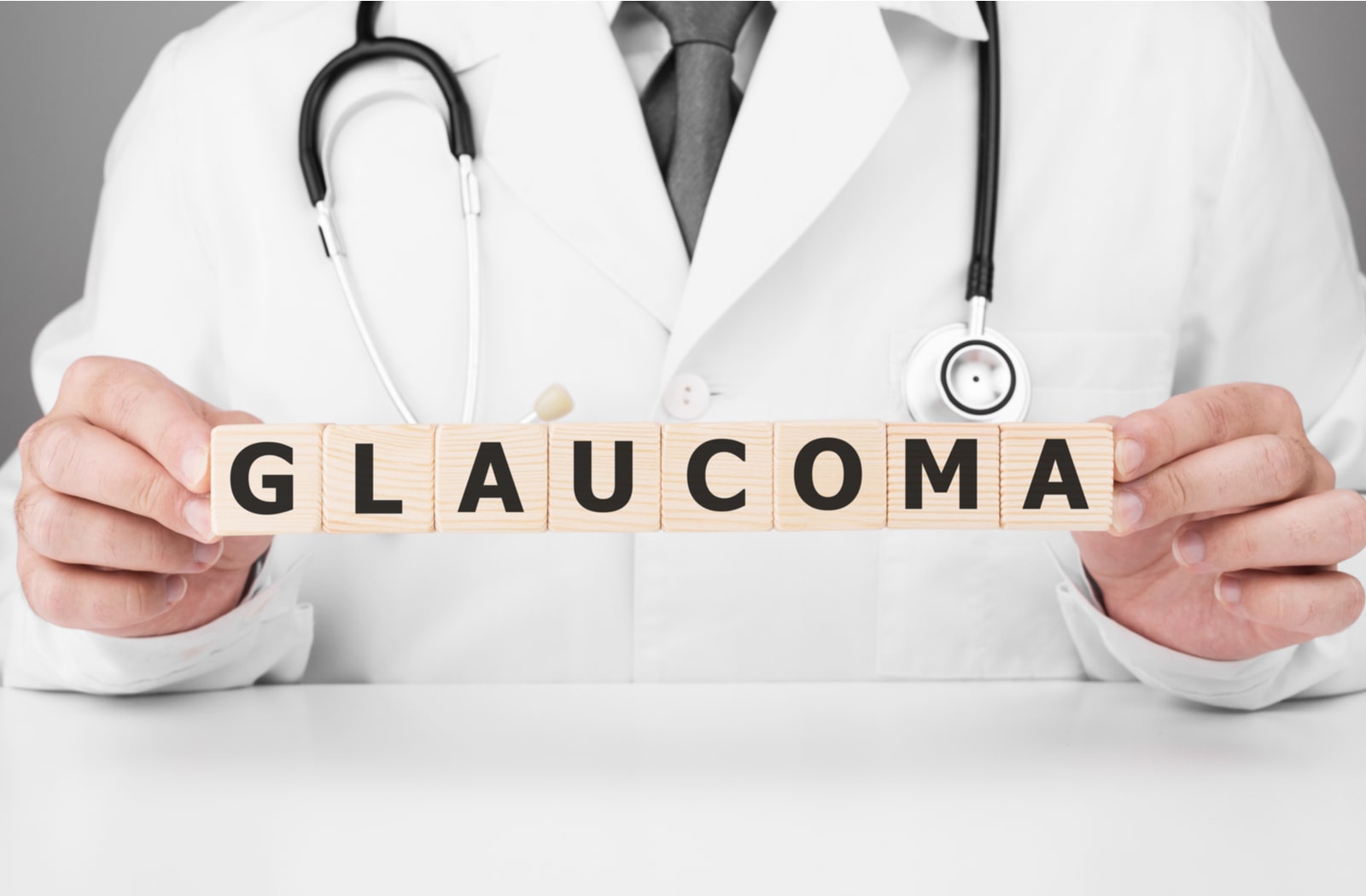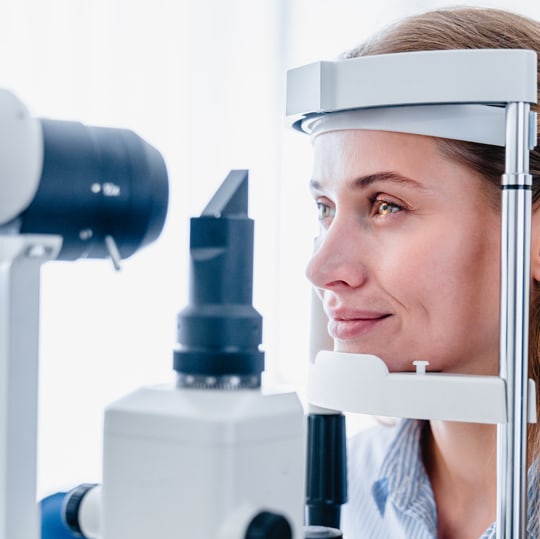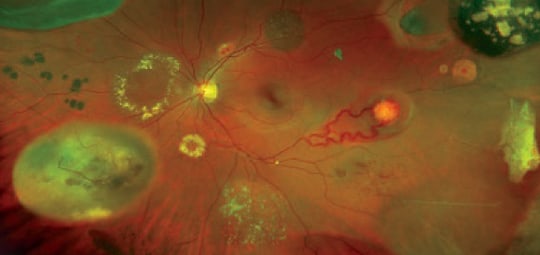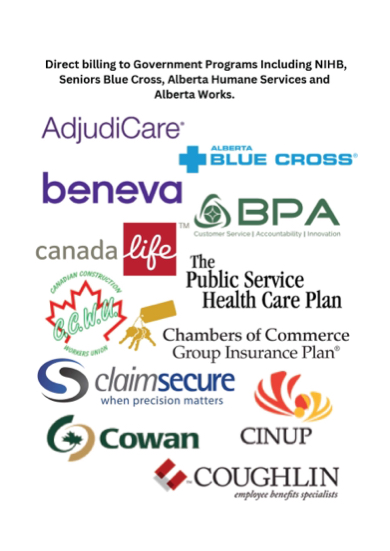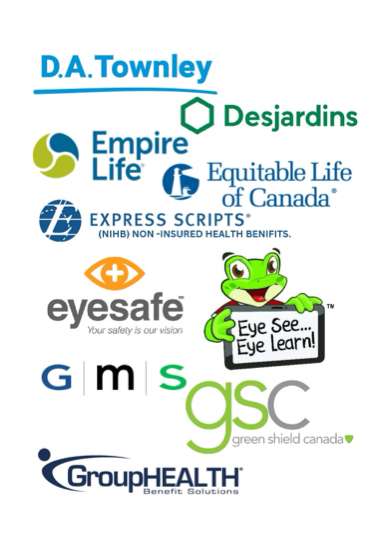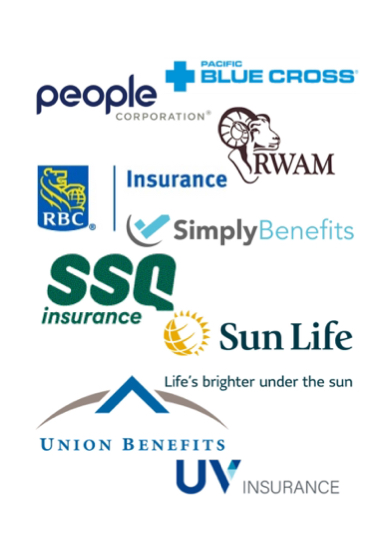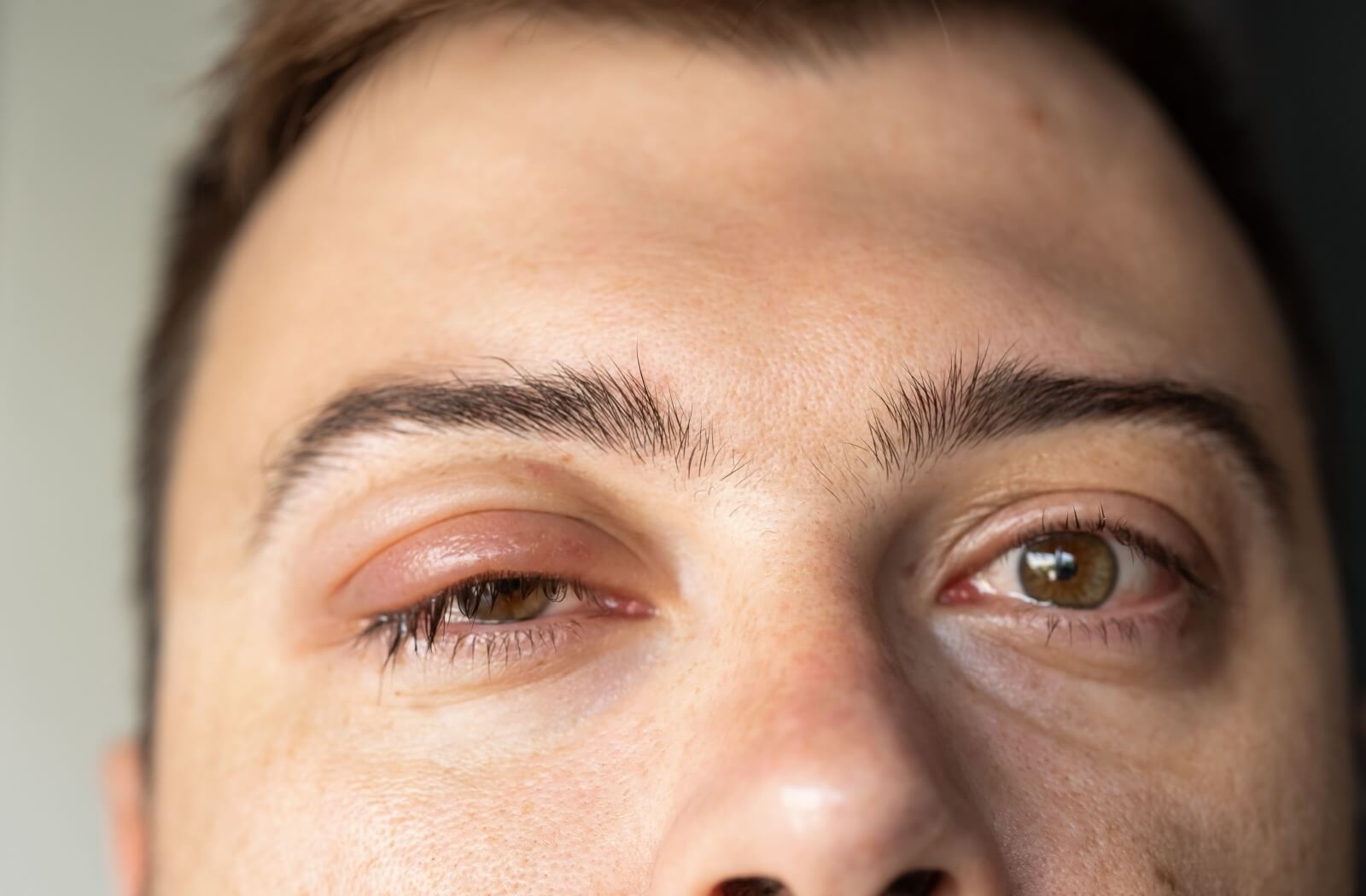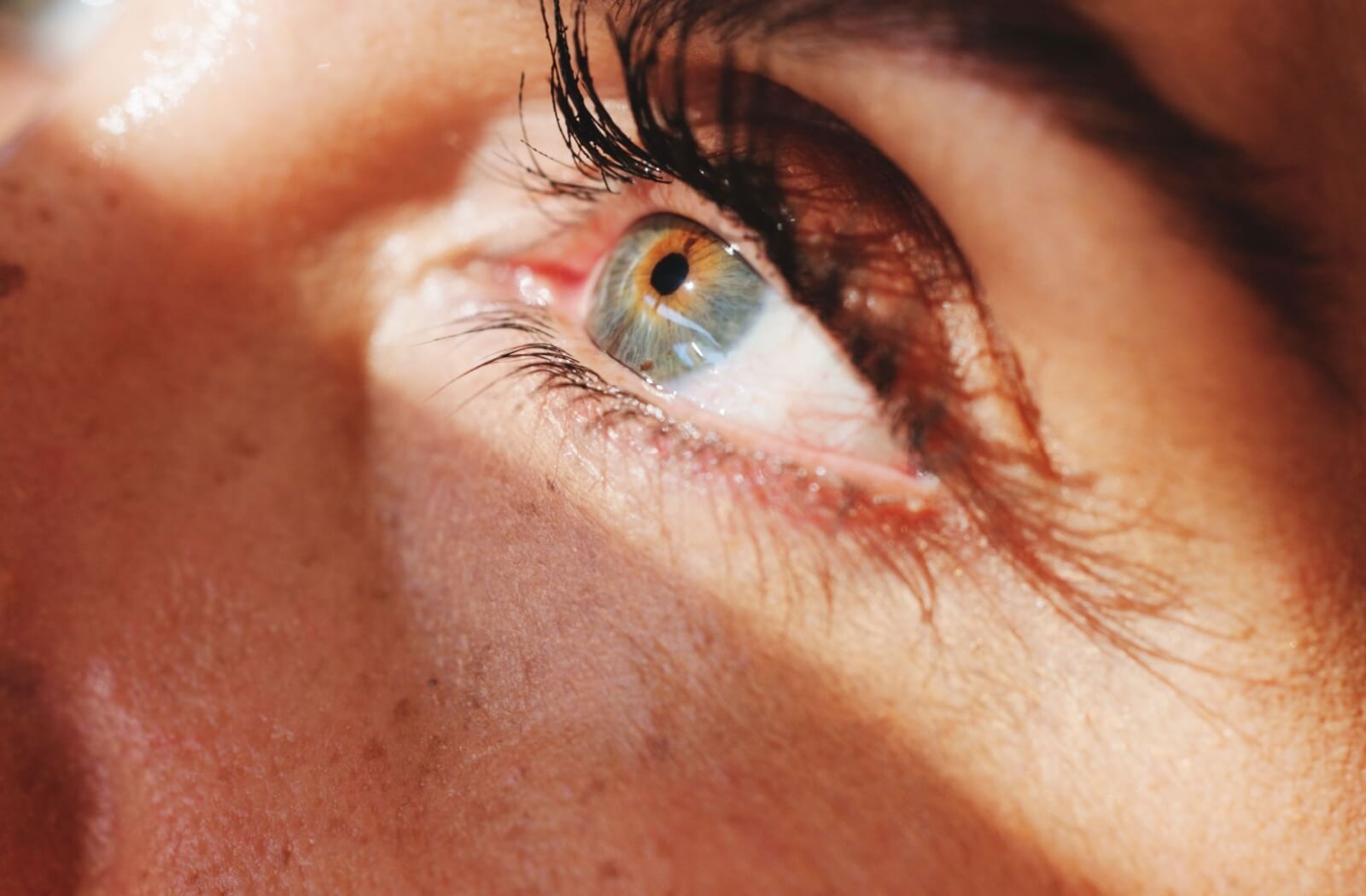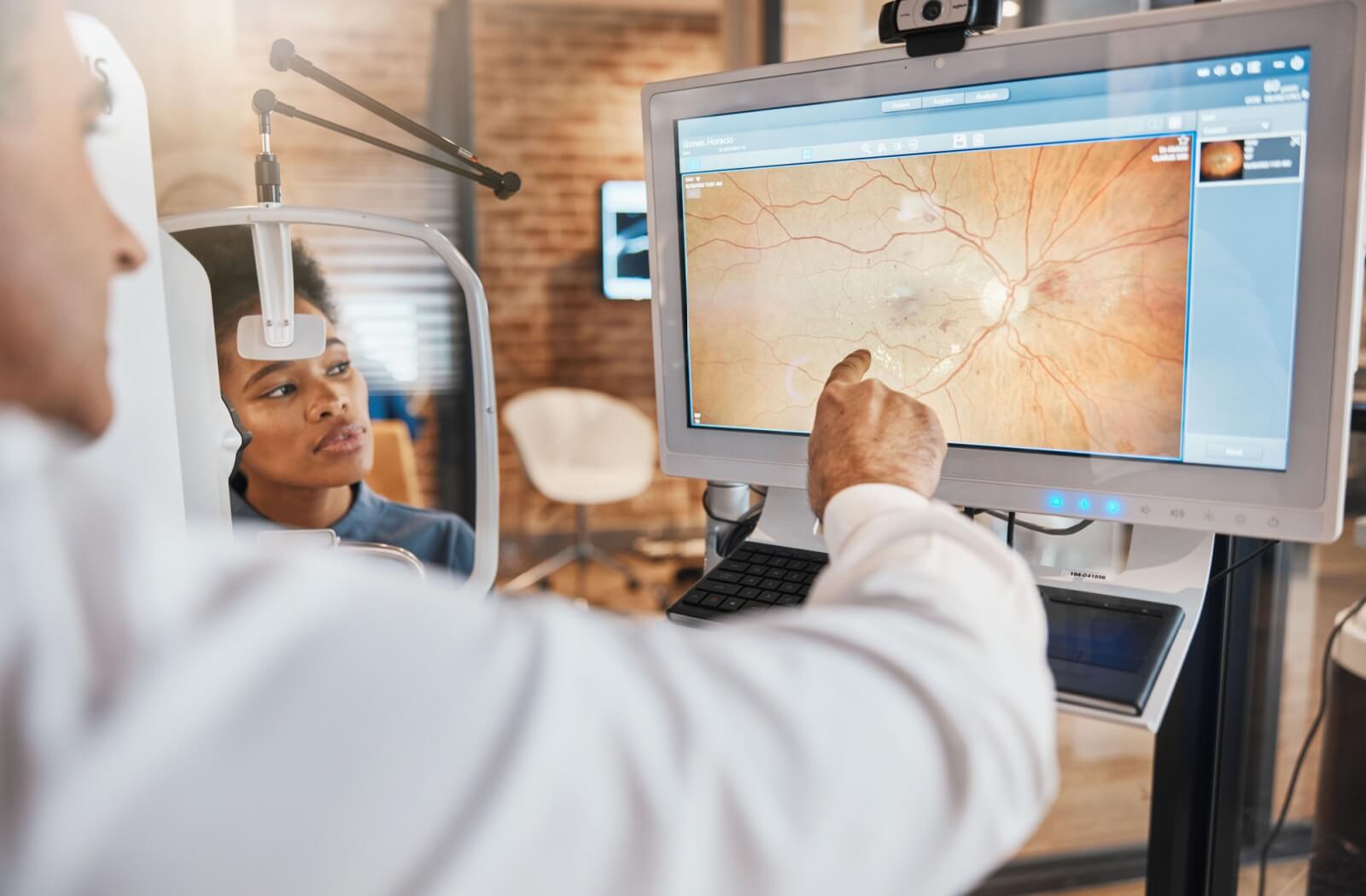Glaucoma has no symptoms early on and often develops slowly over many years. Because the damage is irreversible, this common eye disease must be diagnosed early. Getting your comprehensive eye examination according to your eye doctor’s recommendations is the best defence.
For most adults, this is every two years. However, once you reach those golden years from 65 onward, you should typically get an examination every year because your risk for developing glaucoma increases significantly.
What Is Glaucoma?
Glaucoma isn’t a single disease. It’s an umbrella term covering several types, all of which can lead to vision loss (up to blindness) by damaging the optic nerve. Essentially, the various types all damage this nerve differently.
Once vision loss begins from glaucoma, it cannot be recovered. That’s why it’s so important that this disease is caught as early as possible. In many cases, the long-term damage can be prevented or minimized.
Here are the 5 types of glaucoma:
- Open-angle glaucoma: This is the most common type of glaucoma. The trabecular meshwork becomes partially blocked due to the drainage angle in the cornea. This causes a pressure buildup that damages the optic nerve eventually.
- Angle-closure glaucoma (closed-angle glaucoma): This type of glaucoma typically comes on much quicker and is generally a medical emergency. With closed-angle glaucoma, the iris bulges and blocks drainage, which causes a rapid pressure buildup because the fluid cannot circulate through the eye.
- Normal-tension glaucoma: This type of glaucoma is still the result of optic nerve damage. However, researchers are unsure of the cause because the damage happens even with a normal pressure within the eye.
- Pigmentary glaucoma: The iris is made up of pigment, and sometimes pigment particles build up in the drainage tubes within your eye. Once they begin blocking the channels, pressure builds up, and the optic nerve sustains damage.
- Childhood glaucoma: In some cases, children can also get glaucoma. It can develop quickly over the first several years of their life, or they may be born with it.
Symptoms of Glaucoma
Glaucoma-related symptoms vary slightly between each type. When there is early optic nerve damage from Glaucoma, it leads to:
- Blind spots that cause splotches in your vision (central and peripheral). Typically in both eyes, but sometimes it starts in one or the other.
- As the disease advances, you may begin getting tunnel vision.
In the case of closed-angle glaucoma, the symptoms are typically much more severe, and they often require immediate intervention to prevent vision loss or blindness. These are some symptoms to watch out for:
- Severe eye discomfort
- Nausea and throwing up
- Blurry vision and headaches
- Red eyes
- Halos forming around lights
Risk Factors for Glaucoma
Besides pressure damaging the optic nerve, researchers are unsure of the root cause of glaucoma. However, we do know what some of the major risk factors are, and your eye doctor will be able to let you know if you are at an increased risk.
Common risk factors are:
- Being over the age of 60 (one of the leading risk factors)
- High pressure inside your eye—known as intraocular pressure
- Certain ancestry or family history
- Underlying medical conditions like diabetes, high blood pressure, or heart disease
- Extreme refractive errors
- Previous eye trauma or surgery
- Steroidal medications—especially eye drops.
- Corneal thinning—keratoconus, for example
Is Glaucoma Manageable?
While it cannot be cured and the damage can’t be reversed, it’s possible to treat glaucoma to manage symptoms and prevent further damage. There are three primary medical interventions available for glaucoma treatment:
- Medication: This is often the first choice in treatment. Medicated eye drops are prescribed to reduce pressure within the eye, preventing the optic nerve from sustaining damage.
- Laser treatment: Laser treatment is an alternative to medication that some eye doctors offer. Essentially, they use a laser that helps the drainage network in your eye do its job.
- Eye surgery: If neither of these options is effective, the optometrist may recommend eye surgery as another option. There are several surgical options available. The right one depends on your particular situation.
Tips for Living With Glaucoma
The first step in treating glaucoma is halting or slowing the progression of the disease. After that, a person must learn how to live with whatever damage the condition has already done. So, here are some tips to keep you living life to the full:
- Take your medications diligently to prevent further vision loss.
- Depending on how much your vision is affected, you may need to take extra precautions to prevent falls or other accidents.
- Don’t give up a healthy lifestyle. Keep eating a balanced diet and get plenty of exercise. It’s incredible how much your overall health affects your eye health.
- Don’t stop reading. It will likely be more difficult, but there are tools available like magnifying glasses, audiobooks, or text-to-speech options on many devices.
- Don’t isolate yourself. Allow friends and family to assist you when you need it.
Book a Comprehensive Eye Exam
The only way to find and diagnose glaucoma is through a thorough eye examination with specific tests. Contact our office today if it’s been a while since you’ve had your recommended eye exam. We’re happy to book you in at a time that works for you.


